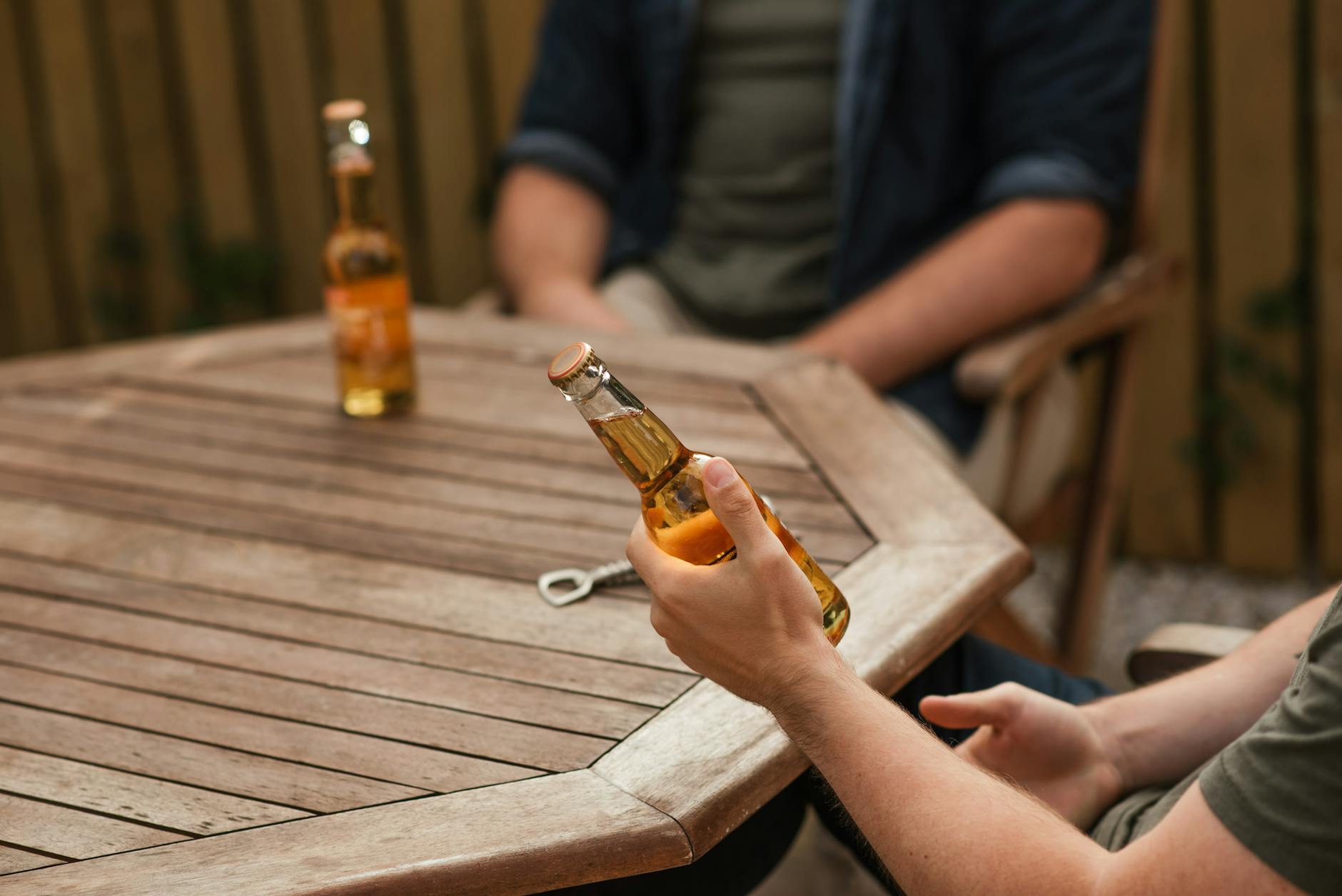From body weight to alcohol tolerance, discover the surprising factors that dictate how many brews it takes to catch a buzz.
Table of Contents
Unraveling the Mystery: Factors That Determine How Many Beers You Need to Get Tipsy
Have you ever found yourself wondering how many beers it takes to get drunk? It’s a question that has intrigued many, and the answer isn’t as straightforward as you might think. In this blog post, we will delve deep into the science behind alcohol intoxication, exploring the various factors that influence how many beers it takes for someone to feel the effects of alcohol.
Understanding Alcohol Metabolism
Alcohol metabolism is a complex process that occurs in the body after consuming alcoholic beverages. When you drink alcohol, it is absorbed into your bloodstream through the stomach and small intestine. From there, it is broken down by the liver through a series of chemical reactions. The rate at which alcohol is metabolized can vary depending on a variety of factors.
One key factor that influences alcohol metabolism is a person’s age. Younger individuals tend to metabolize alcohol more slowly than older adults due to differences in liver function. Gender also plays a role, as women typically have a lower tolerance for alcohol than men due to differences in body composition and enzyme levels.
Weight is another important factor to consider when it comes to alcohol metabolism. Generally, the more someone weighs, the more alcohol they can consume before feeling intoxicated. This is because alcohol is distributed throughout the body based on a person’s total body water content, which is influenced by weight.
Individual Tolerance Levels
individual tolerance levels for alcohol can vary greatly from person to person. Some individuals may be able to consume multiple beers before feeling any effects, while others may feel tipsy after just one or two drinks. Tolerance levels are influenced by a variety of factors, including genetics and liver function.
Genetics play a significant role in determining how well someone can tolerate alcohol. Some people may have genetic variations that make them more sensitive to the effects of alcohol, while others may have genetic factors that allow them to drink more without feeling drunk. Liver function is also important, as the liver is responsible for metabolizing alcohol and removing it from the body.
It’s important to note that tolerance levels can change over time. Regular alcohol consumption can increase tolerance levels, meaning that someone may need to drink more to feel the same effects. Conversely, taking a break from drinking can lower tolerance levels, making someone more susceptible to the effects of alcohol.
Influencing Factors on Intoxication
There are a variety of factors that can influence how drunk someone gets from drinking beer. One of the most important factors is food consumption. Eating a meal before drinking can help slow the absorption of alcohol into the bloodstream, potentially reducing the effects of intoxication.
Hydration is another key factor to consider when it comes to alcohol consumption. Drinking plenty of water while consuming alcohol can help prevent dehydration and lessen the impact of a hangover. It’s important to pace yourself and drink water in between alcoholic beverages to stay hydrated and avoid overindulging.
Mixing alcohol with other substances can also impact intoxication levels. Mixing alcohol with medications or illicit drugs can have dangerous consequences and increase the risk of alcohol poisoning. It’s important to be aware of the potential interactions between alcohol and other substances and to drink responsibly.
Conclusion
In conclusion, the question of how many beers it takes to get drunk is not a simple one to answer. Alcohol metabolism, individual tolerance levels, and various influencing factors all play a role in determining how alcohol affects someone. By understanding these factors and making informed decisions, you can enjoy alcohol responsibly and stay safe while drinking.
We hope this blog post has provided some insight into the science behind alcohol intoxication and has given you a better understanding of the factors that determine how many beers you need to get tipsy. Remember to drink responsibly and know your limits when it comes to alcohol consumption. Cheers!
Have burning questions about how alcohol affects your body and how many beers it takes to get tipsy? Check out our FAQ section below for answers to common inquiries!
Can alcohol tolerance change over time?
Answer 1: Yes, regular alcohol consumption can increase tolerance levels, while taking a break from drinking can lower tolerance levels.
What factors influence how drunk someone gets from drinking beer?
Answer 2: Factors like food consumption, hydration, and mixing alcohol with other substances can all impact intoxication levels.
How does weight affect alcohol metabolism?
Answer 3: Generally, the more someone weighs, the more alcohol they can consume before feeling intoxicated due to distribution throughout the body based on total body water content.
Is alcohol tolerance influenced by genetics?
Answer 4: Yes, genetics play a significant role in determining how well someone can tolerate alcohol, with some individuals having genetic variations that make them more sensitive to alcohol’s effects.


Leave a Reply